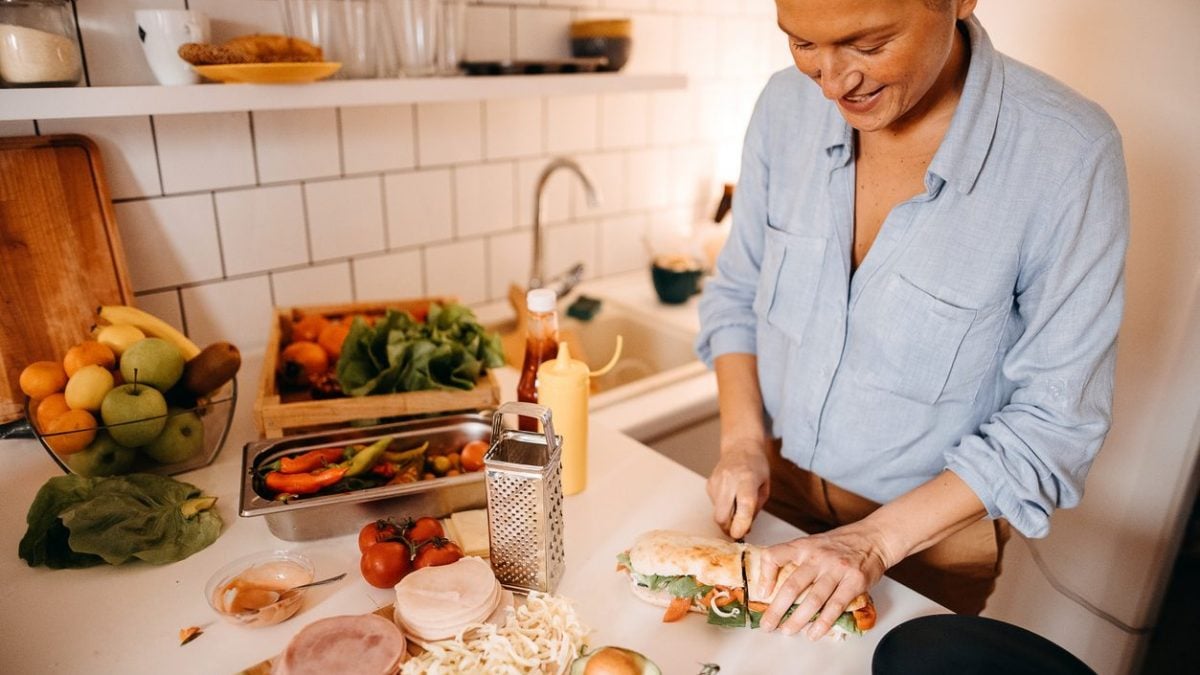
It's easy to say sandwich: one of the fastest preparations par excellence actually hides details that are useful to know if you want to make it to perfection, thus increasing satisfaction from the first bite. It is no coincidence, in fact, that chefs, gourmets and enthusiasts all agree in saying that a well-made sandwich has nothing to envy of the most gourmet dishes, so much so that in the latter we see sandwiches as protagonists of the most disparate, experimental and creative compositions: space for imagination, therefore, following a few rules that will give an extra boost to the final result. Here are our tricks and tips.
Bread: How to Choose It
Let's start with the bread: the main rule in this case is to choose it based on the filling. As a wrapper, it must support and hold together all the ingredients, but also contribute to giving the final flavor. So take into account the crunchiness, moisture and thickness, as well as its taste when eaten alone. A bread that is too dry risks breaking, while one that is too soft risks getting soggy. A cereal bread, rustic or homemade, welcomes more intense elements, while a more neutral one is ideal for more delicate fillings. Ciabatta, among the most widespread and loved types, is a great classic of sandwiches because it has a solid structure, but at the same time light, for generous fillings.
The Filling (Part 1): The Raw Material
We can put anything in a sandwich: the choice of ingredients, in fact, is almost infinite, just think of the many variations of sandwiches, whether they are traditional ones or more original combinations, including home made. Always focus on quality raw materials, fresh and seasonal, so as to enhance the entire preparation. You can combine breads and ingredients from the territory or have fun with international recipes such as the Japanese katsu sando or the Spanish bocadillos).

The Filling (Part 2): The Proportions
The suggested ratio based on the amount of bread is 1:1, meaning that the filling and its support must have the same weight, while for a perfect balance it is expected that inside there is a protein, a vegetable, a cheese and a sauce. These are actually rough indications, which present different variables, including the diet that you follow (omnivorous, vegan, pescetarian): in general we could say that the balance is found by combining soft elements (cold cuts, cheeses, smoked salmon, cooked vegetables, creams, pestos etc.) and crunchy elements (raw vegetables, pickled vegetables such as gherkins, dried fruit), playing with the 5 fundamental flavors, acid, sweet, bitter, salty and umami, without forgetting a spicy note if you like.
Sauces: An Essential Ally
We have just mentioned the game of flavors. Here sauces prove to be an excellent ally, what matters is not to overdo the doses and the charge, as they must communicate with everything else: a pungent condiment like mustard goes well with tasty and spicy meats (just think of pastrami), an acidic one, perhaps based on yogurt, with grilled vegetables for lighter sandwiches, a fatty one, like a pâté or the more evergreen mayonnaise, with drier fillings. Depending on the variety, in fact, the sauce gives roundness and freshness and can be helpful in binding the filling.

The Arrangement of The Ingredients: A Question of Layers
What is a sandwich, from a technical point of view, if not a composition of elements placed one on top of the other? As with the ice cream cone, here too nothing is left to chance: the best stratification requires (starting from the bottom) the bread, the sauce, the main ingredient (we mentioned proteins before), a cooked ingredient (be it a vegetable or a cheese), a raw one (usually vegetables), and the bread to always cover with a thin layer of sauce spread. It is generally a matter of following a decreasing order of weight in order to obtain a stable and easy to handle sandwich. The most moist part or the one that needs to melt, like a melting cheese, is best placed in the central area, not in contact with the bread which, by absorbing the liquids, could crumble.
The Temperature: Hot or Cold?
We know that in the world of cooking, temperatures are a detail that should not be underestimated. Sandwiches are no exception: cold fillings and warm bread are forbidden, but also the opposite. The temperature must be homogeneous inside and out. It is useful to heat a sandwich to amplify flavors and aromas, especially when there is already a cooked element inside. If you have two slices of bread to assemble (like toast bread), toasting them dry or with a drizzle of butter or oil helps to create a barrier against humidity, avoiding sudden collapses, especially of the lower part.

The Presentation: The Watchword is Practicality
The sandwich is one of those foods by definition that is eaten strictly with the hands. No knife or fork. It is a street food, and as such it must be bitten into with practicality and, in some cases, even taken with you and enjoyed on the street or in a different place than where it was made. In short, preparing a convenient sandwich is a good rule to not diminish the general satisfaction by looking for alternative solutions, also risking getting dirty or having to break it up, making it lose all meaning. The advice is to forget the kilometer-long multilayers that often appear on social media and think of a sandwich in which the different parts are savored all together, bite after bite.
The Secret: Less is More
We conclude with the golden rule of the gourmet sandwich: less is more. This means, as we have seen, that the perfect sandwich is not the richest one, nor the tallest one that resembles a Leaning Tower of Pisa. Three or four well-selected and combined ingredients are enough to create a small masterpiece.
;Resize,width=767;)
